Recommendation points
- Installing a solid fuel boiler
- Installation of an oil boiler (LCD)
- Electric boiler installation
- “Dry” electric heating
- Air heating
Gas heating is one of the cheapest ways to heat your home. But often the gas pipeline is unavailable, or connection to it is unreasonably expensive. In this article, we will consider what are the options for heating a house without using natural gas. You will learn about the advantages and disadvantages of the most common types of heating devices.
Reactor – a device that generates or converts thermal energy (for example, a furnace, heating element, burner).
Installing a solid fuel boiler
This is the simplest and most common way to do without gas. Modern pyrolysis solid fuel boilers (TK) process any type of solid fuel:
- Firewood.
- Coal.
- Pellets.
- Wood waste, their mixtures and products.
- Solid combustible waste (in a reasonable proportion with wood or coal – up to 10%).
The efficiency of heating with such a boiler is no worse than a gas one, but it requires constant attention – loading fuel every 2–6 hours. At the same time, it can be turned on in parallel with an electric boiler, simply by cutting into the system taps, which will be powered on the boiler heat exchanger.
Attention! It will be necessary to install a bypass so that water does not circulate in disconnected boilers when the reactor is changed.
A solid fuel boiler can be connected during the presence of people, when you need to intensively heat the house, and the electric boiler can be left on “winter” heating when the house is empty. It is worth noting that there are also double-circuit boilers for solid fuels, which allows you to get hot water. The efficiency of such devices is from 80 to 91%.
The problem of the TC is the relatively high cost of the device itself * (on average $ 400–600) and the high cost of installation. It also requires a separate place for installing and storing fuel, which is 3-4 tons of coal per winter..
* All prices are indicated for appliances with a thermal power of 14-17 kW, intended for heating about 100 sq. m.
Installation of an oil boiler (LCD)
There are a great variety of such devices and they work on literally everything that burns:
- Diesel fuel.
- Kerosene.
- Fuel oil.
- Waste engine oil.
An important advantage of modern LCDs is their ability to switch to gas. Such a device costs a little more than a TC, but its device is also more complicated. At the same time, it extracts energy from the fuel better – the efficiency is from 90 to 98%, however, the cost of fuel per kilowatt of energy is higher than that of a TK.
Separate from liquid fuel reactors are reactors operating on thick substances – oil and fuel oil. Their design is much simpler than that of diesel or kerosene boilers. For the burning of thick liquids, complex nozzle and air pumping systems are not required. A simple pyrolysis vent, arranged by analogy with a jet engine, is enough. Such a simple system is copied by the craftsmen with ease and grace, creating furnaces with waste oil and even full-fledged heating boilers with their own hands..
Such a homemade device will require less free space for storing fuel (a few cans are enough), but a certain skill is required to handle it. It is also worth noting that the cost of waste fuel for such furnaces is close to zero – waste oil can be obtained for a nominal fee from car owners, railroad workers or mechanics of the vehicle fleet..
Electric boiler installation
This is the simplest, safest, but at the same time the most expensive option in terms of running costs. It is significantly smaller and lighter than any other type of reactor, does not require expensive work to connect to the gas system or storage space for dirty and dusty solid or flammable liquid fuel.
A clean, quiet and relatively compact heating boiler will provide the whole house with heat and hot water, electricity consumption will be up to 20 kW of electricity per day *.
* For a house of 100 sq. m at a temperature of -25 ° C. Induction boilers have 25-30% less energy consumption under similar conditions.
Another disadvantage of an electric boiler is the vulnerability of power grids: sometimes they fail quite often, especially in winter. You can do without any household electrical appliance during the day, but whether to question heating in the event of a blackout in winter is worth thinking about.
“Dry” electric heating
This refers to the installation of individual devices for heating the air – convectors, IR emitters and oil heaters. Their inherent feature is dependence on electricity, but they also have undoubted advantages:
- Mobility. By rearranging and adjusting the devices, you can change the heating intensity in different rooms.
- No installation costs.
- The ability to more accurately control the temperature in different rooms.
- Adaptation to living conditions. You can just buy such a device in a store, bring it home and immediately get warm.
In most cases, such devices are positioned as auxiliary – their operation as the main heating is unprofitable. However, in the autumn-winter period, they are quite suitable for short-term heating of individual rooms..
A more developed type of “dry” electric heating is stationary ceramic plates. They are mounted in the wall or at a short distance from it. In fact, this is the same convector, only stationary. This type requires annual wrapping or soldering of contacts..
Air heating
This refers to air conditioning using a heat pump. This device is an underground duct recuperator. Air passes through it, taking in the thermal energy of the soil. Simply put, the air is heated from the ground. Then this heated air is brought to the standard (+ 23–26 ° С) in a special device resembling a household hair dryer. After that, the air of the required temperature is supplied to the premises through special air ducts..
Such a device is rather complicated in calculations and installation, it requires a lot of space for ventilation ducts. Only a specialized company can cope with such work. But on the other hand, it has a truly fantastic thermal efficiency – 350%. Here we mean that for the consumed 100 W of electricity, 350 W of thermal energy is generated. For comparison, electric convectors have an efficiency of 99.5%.
Final Comparison Table
Option Benefits disadvantages Solid fuel boiler Inexpensive fuel Requires a separate room Waste as fuel Requires fuel storage space Independence from electricity Requires regular fuel filling (or an expensive feeder) Requires regular self-service (cleaning) Oil-fired boiler (diesel fuel) High heating efficiency Complex device Independence from electricity High boiler cost Switching to gas Expensive fuel Explosive fuel Liquid fuel boiler (oil, fuel oil) Free fuel Skill required to work You can do it yourself Requires regular cleaning Independence from electricity Electric boiler Compactness High electricity consumption Safety Volatility Ease of maintenance and repair Heating with household appliances No installation required Volatility Factory safety measures High electricity consumption The high cost of the devices themselves Heating with ceramic plates Discreet installation Volatility Acceptable energy consumption Maintenance required Air heating by heat pump High efficiency of electricity Volatility High efficiency Complex and expensive installation Complex and expensive equipment In the absence of gas, it is possible to create either a partially dependent or completely independent heating system. The main factor here is the availability of fuel or energy. If everyone has to pay for electricity at all times, then in some cases, wood waste, waste oil or fuel oil may be available or completely free..

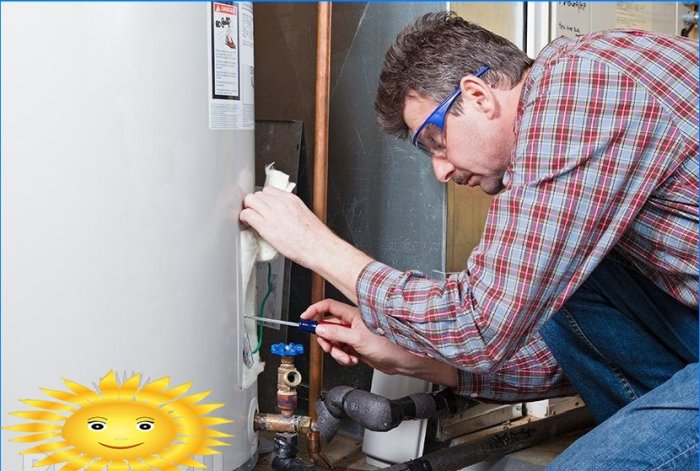
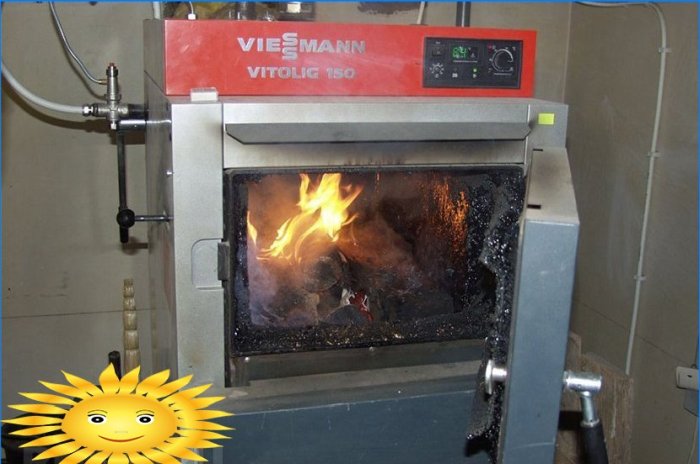
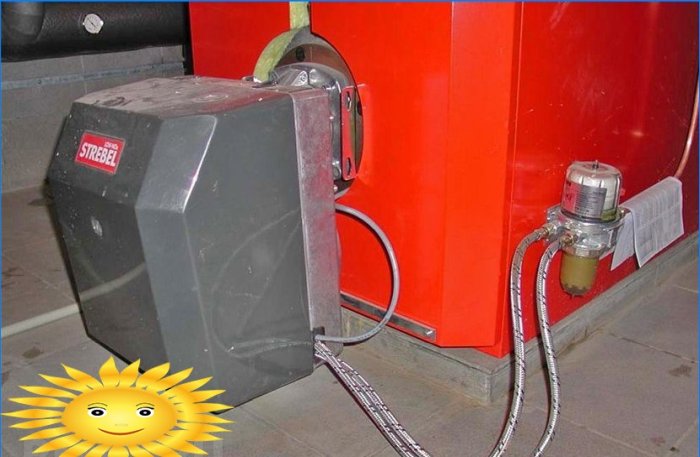
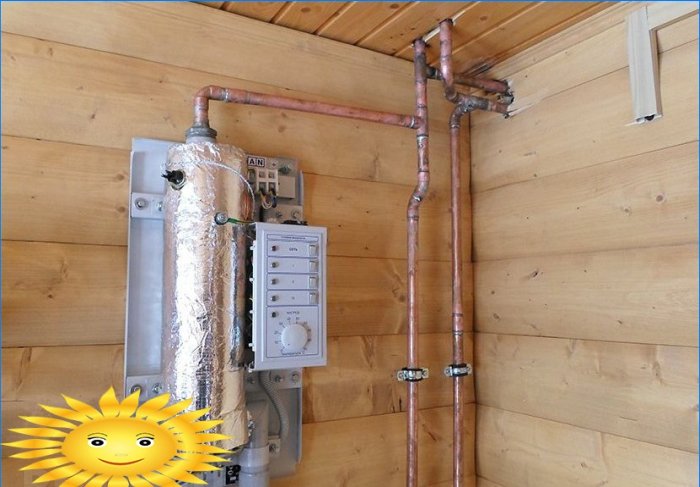
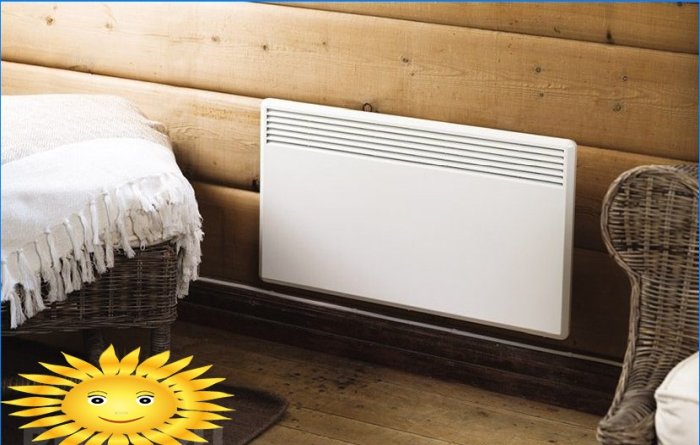

What are the most effective alternatives to heating a house without gas? I’m looking for options that can provide efficient and sufficient heating. Any recommendations or insights on cost, installation, and maintenance would be greatly appreciated!
What are some effective alternatives to heating a house without gas?